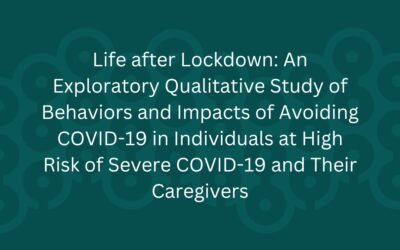Abstract
Introduction: Estimating respiratory syncytial virus (RSV) burden in adults is challenging because of non-specific symptoms, infrequent standard-of-care testing, resolution of viral shedding before seeking medical care, test positivity that varies by specimen site in the upper airway and lower diagnostic test sensitivity compared to children. Conducting prospective observational studies to assess RSV burden in adults is time- and resource-intensive. Thus, model-based approaches can be applied using existing data to obtain more accurate estimates of RSV burden. This protocol establishes essential elements for estimating RSV incidence rate in adults using a time series model-based approach. It can be tailored to specific databases and applied globally across countries, enabling estimation of local RSV disease burden to inform public health decision-making, including immunization policy.
Methods: Data are analysed using a quasi-Poisson regression model, considering the effect of baseline trends and pathogen co-circulation, stratified by age and risk status. Pathogen co-circulation is represented by viral proxies defined based on ICD code groupings indicating RSV and influenza-specific hospitalizations, lagged 0 up to 4 weeks based on the model selection. A final model is constructed in two steps: optimization of the time trend (using p-values) and selection of the viral proxy lag time (using test statistics, to prioritize the most biologically plausible option). The yearly incidence rate and percentage of events attributable to RSV are estimated from the final model. Confidence intervals are calculated using residual bootstrapping.
Planned outcomes: Outcomes to be modelled are based on administrative ICD code groupings and include the number of cardiorespiratory, respiratory and cardiovascular events in a specific care setting (e.g., general practitioner visit, emergency department visit, hospitalization and death). Cardiovascular events are limited to those for which existing evidence suggests an association with RSV infection. Additional secondary outcomes are constructed as a subset of the primary outcomes based on specific ICD code groups.
Keywords: Disease burden; Emergency department visits; General practitioner visits; Hospitalization; Mortality; Respiratory syncytial virus; Time series analysis.
© 2024. Pifzer.
Conflict of interest statement
Aleksandra Polkowska-Kramek, Robin Bruyndonckx and Thao Mai Phuong Tran are employees of P95 Epidemiology and Pharmacovigilance, which received funding from Pfizer to develop this protocol and manuscript. Elizabeth Begier, Caihua Liang, Charles Nuttens and Bradford D. Gessner are Pfizer employees and may own Pfizer stock.






0 Comments